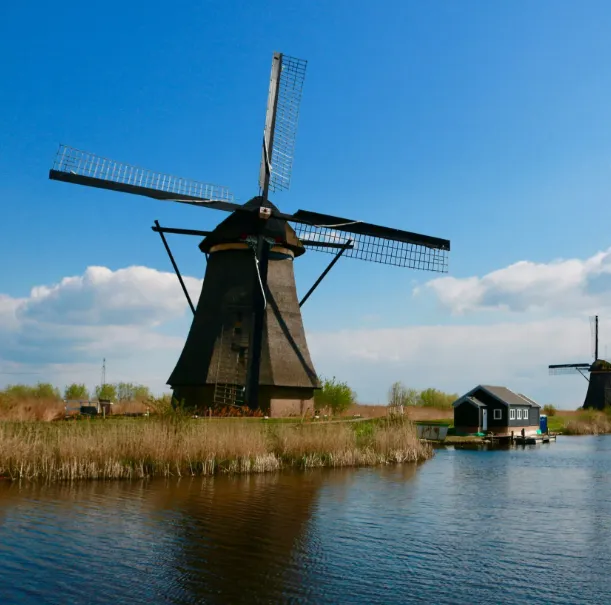The Netherlands has long served as a gateway for Europe’s digital economy, and its role as a leading hub for data infrastructure is only becoming more pronounced. With projections showing the market expanding from $6.42 billion in 2025 to $9.02 billion by 2030, it’s clear the Dutch data centre industry is entering a new phase of growth. But what exactly is fueling this momentum, and where will it take the market next?
Efficiency as the foundation
At present, Dutch data centres occupy just 239 hectares—barely 0.3% of the country’s industrial land. Yet, despite handling rapidly growing volumes of data, overall energy consumption has remained steady for the past decade. This is no coincidence. Operators in the Netherlands have focused on building highly efficient systems, prioritizing sustainability and smarter use of resources rather than unchecked expansion.
This mindset is proving especially valuable now, as the industry shifts toward edge computing. Unlike traditional hyperscale sites, edge facilities are smaller and distributed across multiple locations. The Dutch model of sustainable, energy-conscious operations is well suited to this transformation, particularly as 90% of the electricity powering these centres comes from renewable sources.
Policy as a driver of innovation
Regulatory adjustments are also reshaping the market. In 2024, the Dutch government introduced restrictions on where large-scale data centres could be developed, limiting such projects to areas like Eemshaven and Agriport A7. Amsterdam went further by setting caps on new builds that exceed certain energy thresholds.
While these policies may appear restrictive, they are in fact pushing the industry toward solutions that meet emerging needs. Smaller, distributed facilities are becoming the preferred choice, supporting the growing demand for edge computing as industries adopt IoT, real-time analytics, and smart city technologies.
Shifting from storage to intelligence
Today’s data centres are no longer just about housing information. Businesses now demand real-time responsiveness. Streaming platforms want low-latency delivery, banks need ultra-fast transactions, and manufacturers are deploying AI at the point of production. These requirements highlight the shift from storage-focused infrastructure to processing power at the edge.
The Amsterdam region remains central to European connectivity, but future growth depends on developing distributed networks that can support hybrid cloud environments, manage AI workloads, and provide robust cybersecurity. These complexities are becoming critical differentiators for companies vying to lead in this space.
A mature ecosystem ready to scale
Another reason the Netherlands is primed for expansion lies in its established ecosystem. Global giants like Netflix, Tesla, and Oracle have already anchored themselves in Amsterdam, and many others have followed suit. The industry supports 11,000 direct roles and indirectly sustains millions of jobs across the wider digital economy.
Looking ahead, workforce development in specialized areas—particularly hybrid cloud management and AI operations—will be essential. Still, the country’s infrastructure, talent base, and track record give it a clear advantage over other European markets.
The road ahead
Currently, most spending is concentrated on network infrastructure, valued at $2.89 billion in 2025. But the next wave of growth will come from diversification. Edge solutions, advanced DevOps platforms, and secure digital infrastructure are poised to drive the industry forward. Cyber resilience, visibility, and threat detection are also set to become defining features of successful operations.
The Dutch approach offers valuable lessons for the global market: prioritize sustainability, embrace regulation as a catalyst for innovation, and build systems that adapt to shifting technological demands. As discussions at events like the Data Centre Expo continue to highlight, collaboration across borders will be key to sustaining momentum in this rapidly evolving sector.







